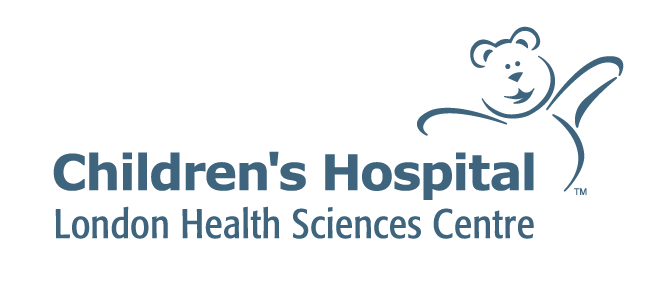The corpus callosum is the band of nerves that connect the two hemispheres of the brain. It allows communication and shared information between the two hemispheres. However, when a child has epilepsy, it also allows seizure activity to travel from one hemisphere to the other. In a Corpus Callosotomy surgery, the corpus collosum is disconnected between the right and left hemispheres of the brain to prevent the spread of seizures from one hemisphere to the other.
This is an epilepsy surgery that is used to help reduce the number of seizures as well as help improve quality of life for children when the exact area of where the seizures are coming from is unknown. The result of this procedure may help in reducing the number or dose of anti-epileptic medications the child is taking and thereby improving behaviour, cognition and intellectual development.
This procedure may be offered to children with high seizure frequency, children with drop attacks that results in repetitive trauma or children with more severe forms of epilepsy syndromes.
- Side effects after surgery may include scalp numbness, fatigue, headaches and difficulties with memory speech. A complete callosotomy can sometimes cause disconnection syndrome.
- Disconnection Syndrome is a complex set of signs and symptoms that affect motor control, spatial orientation, vision, hearing and language but its anatomical basis are not totally understood.
- Rehabilitation therapy after surgery may be needed, but children usually return to everyday activities after two or three months.
This procedure occurs in the operating room under general anesthesia and takes the paediatric neurosurgeon around 4-6 hours to complete. The child then recovers for 1-2 nights in the Paediatric Critical Care Unit (PCCU) and then is transferred to the inpatient paediatric floor (B6-200) until the child feels well enough to be discharged home.
Please visit the following links for more information:
About Kids Health: Corpus callostomy
Great Ormond Street Hospital for Children: Corpus callosotomy



